Integration of Big Data in Healthcare
The integration of big data in healthcare is a pivotal driver for the Predictive Disease Analytics Market. The ability to analyze vast amounts of health-related data from diverse sources enables healthcare providers to uncover patterns and trends that were previously undetectable. The big data analytics market in healthcare is anticipated to grow significantly, with estimates suggesting it could reach 68 billion USD by 2025. This growth is fueled by the increasing volume of data generated from clinical trials, patient records, and genomic studies. As healthcare organizations seek to harness the power of big data, the demand for predictive analytics solutions that can process and interpret this information is likely to rise. Thus, the Predictive Disease Analytics Market stands to benefit from the ongoing integration of big data technologies into healthcare practices.
Growing Focus on Preventive Healthcare
The growing focus on preventive healthcare is a significant driver for the Predictive Disease Analytics Market. As healthcare systems shift from reactive to proactive approaches, the emphasis on preventing diseases before they occur is becoming paramount. Predictive analytics plays a vital role in identifying at-risk populations and enabling early interventions. The preventive healthcare market is projected to reach over 200 billion USD by 2025, reflecting a substantial investment in strategies aimed at reducing disease incidence. This shift not only improves patient outcomes but also reduces healthcare costs, making predictive analytics an essential component of modern healthcare strategies. Consequently, the Predictive Disease Analytics Market is likely to expand as healthcare providers increasingly adopt predictive tools to support preventive care initiatives.
Regulatory Support for Predictive Analytics
Regulatory support for predictive analytics is emerging as a crucial driver for the Predictive Disease Analytics Market. Governments and health organizations are increasingly recognizing the potential of predictive analytics to enhance public health outcomes. Initiatives aimed at promoting data sharing and interoperability among healthcare systems are gaining traction. For instance, policies that encourage the use of predictive analytics in disease surveillance and management are likely to foster innovation in this sector. The market is expected to benefit from these regulatory frameworks, which may facilitate the adoption of predictive analytics tools across various healthcare settings. As a result, the Predictive Disease Analytics Market is poised for growth, driven by supportive regulations that encourage the integration of predictive technologies into healthcare practices.
Advancements in Data Collection Technologies
Advancements in data collection technologies are significantly influencing the Predictive Disease Analytics Market. The proliferation of wearable devices, mobile health applications, and electronic health records has led to an unprecedented volume of health data being generated. This data, when analyzed, can provide insights into patient health trends and potential disease outbreaks. The market for wearable health technology is expected to surpass 60 billion USD by 2025, indicating a robust growth trajectory. As healthcare providers leverage these technologies to gather real-time data, the demand for predictive analytics tools that can process and analyze this information is likely to increase. This trend underscores the importance of integrating advanced data collection methods within the Predictive Disease Analytics Market, facilitating more accurate predictions and timely interventions.
Rising Demand for Predictive Analytics in Healthcare
The increasing demand for predictive analytics in healthcare is a primary driver for the Predictive Disease Analytics Market. Healthcare providers are increasingly recognizing the value of predictive analytics in improving patient outcomes and operational efficiency. According to recent estimates, the predictive analytics market in healthcare is projected to reach approximately 34 billion USD by 2026. This growth is attributed to the need for data-driven decision-making, which enhances the ability to forecast disease outbreaks and patient admissions. As healthcare systems strive to reduce costs while improving care quality, the adoption of predictive analytics tools becomes essential. Consequently, this trend is likely to propel the Predictive Disease Analytics Market forward, as organizations seek innovative solutions to manage patient data and enhance clinical workflows.


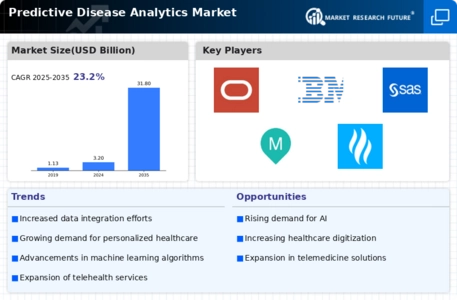
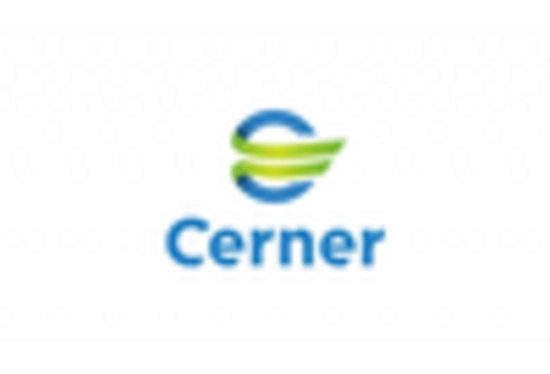
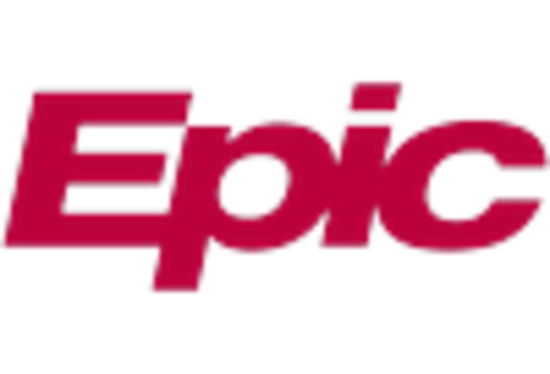

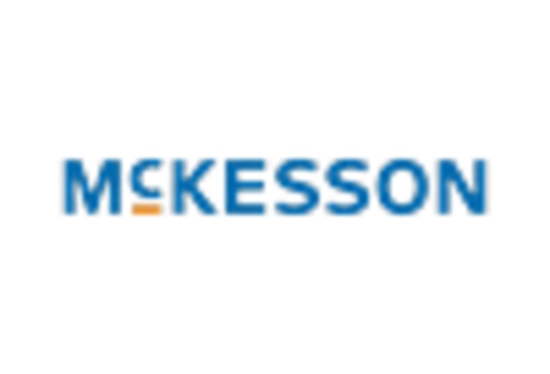

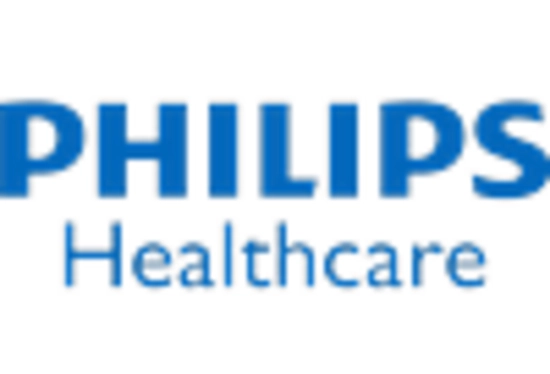








Leave a Comment